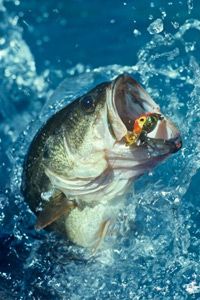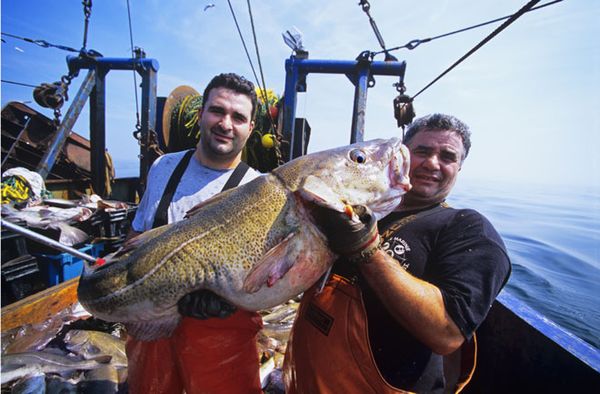Fishing is both an exciting and relaxing pastime -- just ask any angler. Top water bass fishing has been described as the most visual and powerful kind of fishing. This often-neglected form is not only fun but can yield decent catch numbers. Whether in a boat or onshore, top water fishing is both challenging and fun.
Top water fishing uses top water lures -- designed to float above the surface of shallow water. Lures are cast upon the surface to mimic the noise and shape of insects, small fish or other food bass prey on. The presence of bass close to the surface makes for an exciting hunt. Bass cutting through the water's surface is enough to make even the most seasoned fishermen's heart race.
Advertisement
The extensive array of terminology, gear and techniques can make fishing seem like something best suited for the pros. However, if you remember just a few key points, you may find yourself with a brand new hobby. Just as with other types of fishing, there are certain conditions, equipment and techniques to know before you start off on your trip.
Ready to go? First things first: Check the weather.
Advertisement


